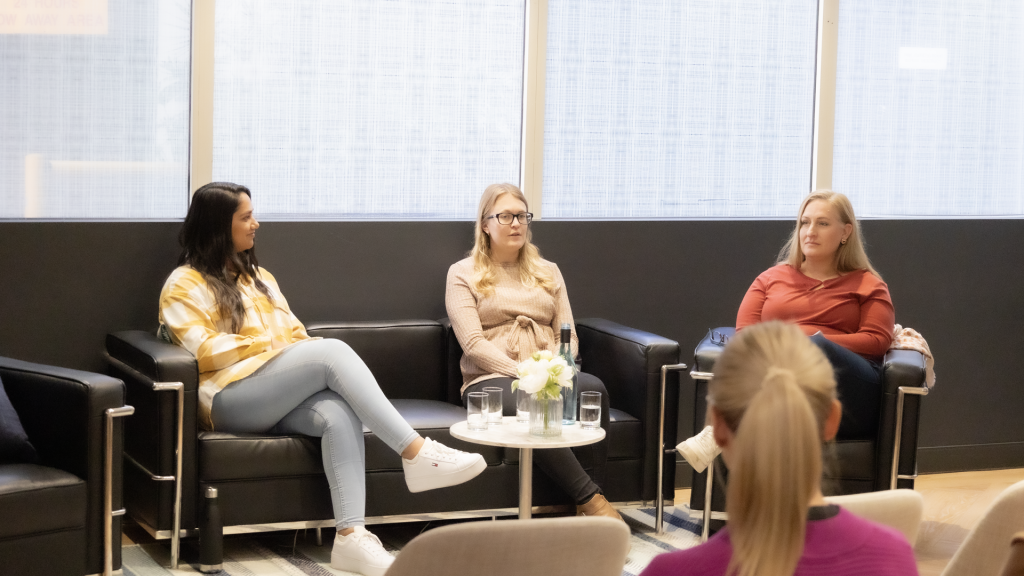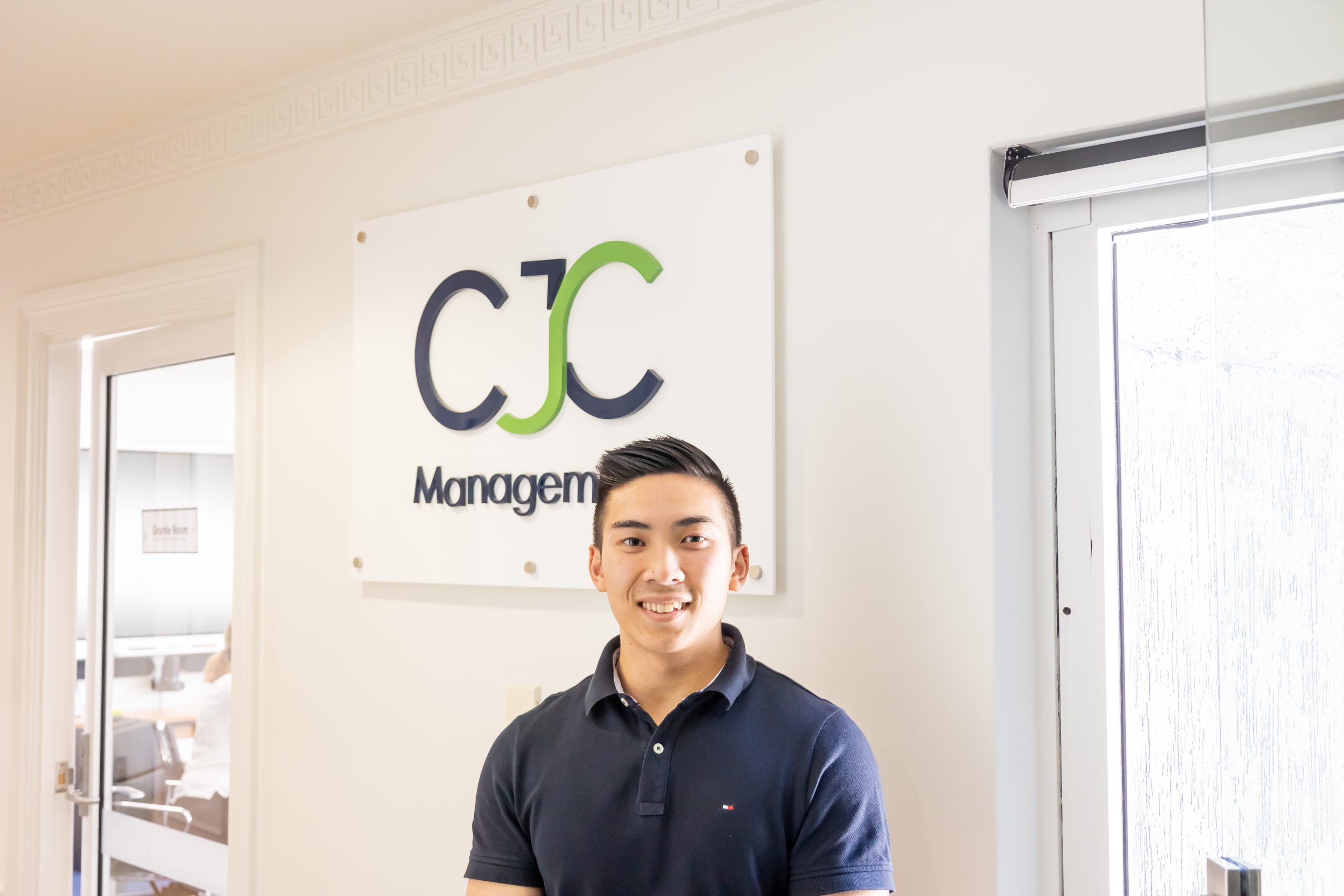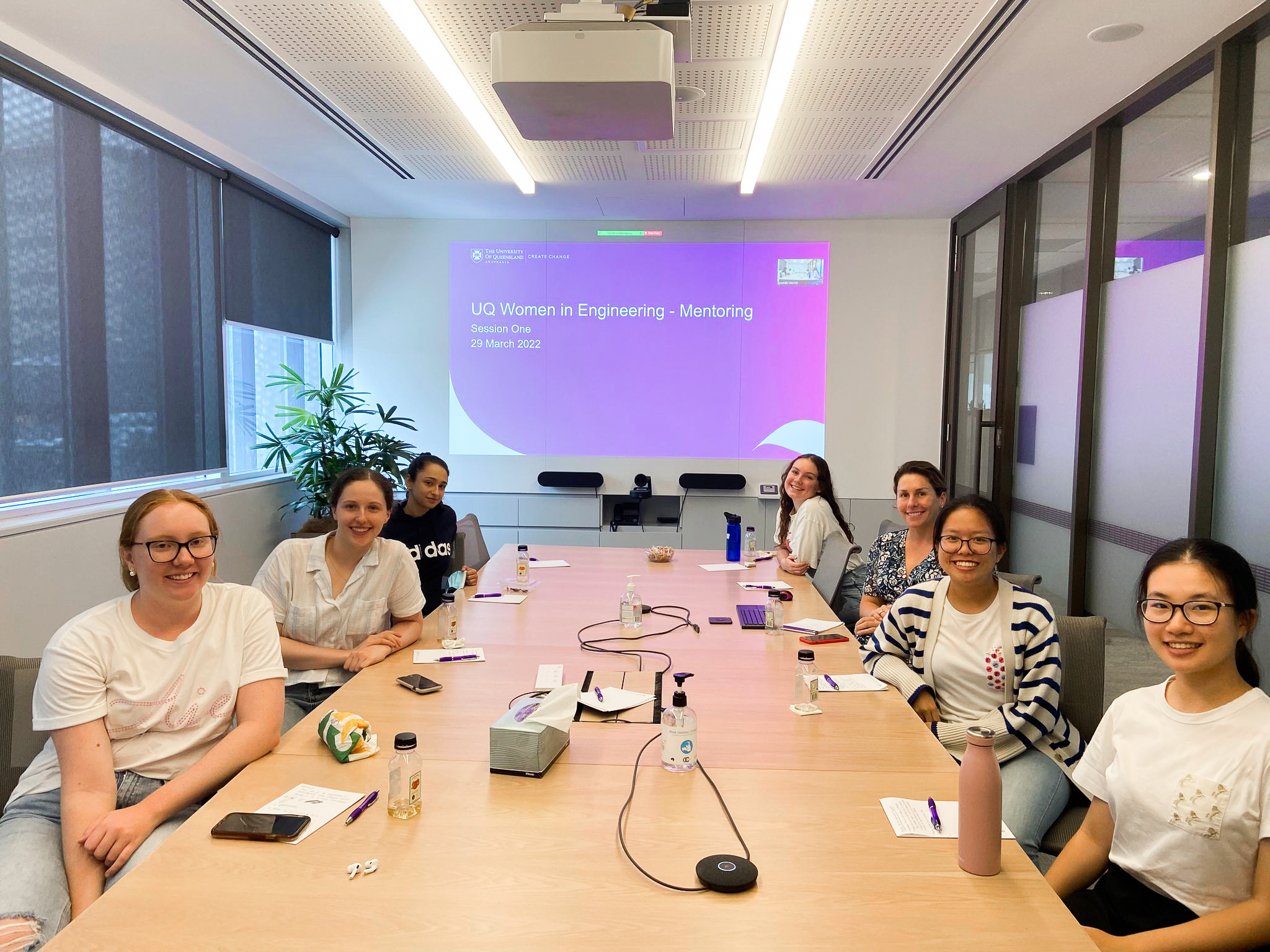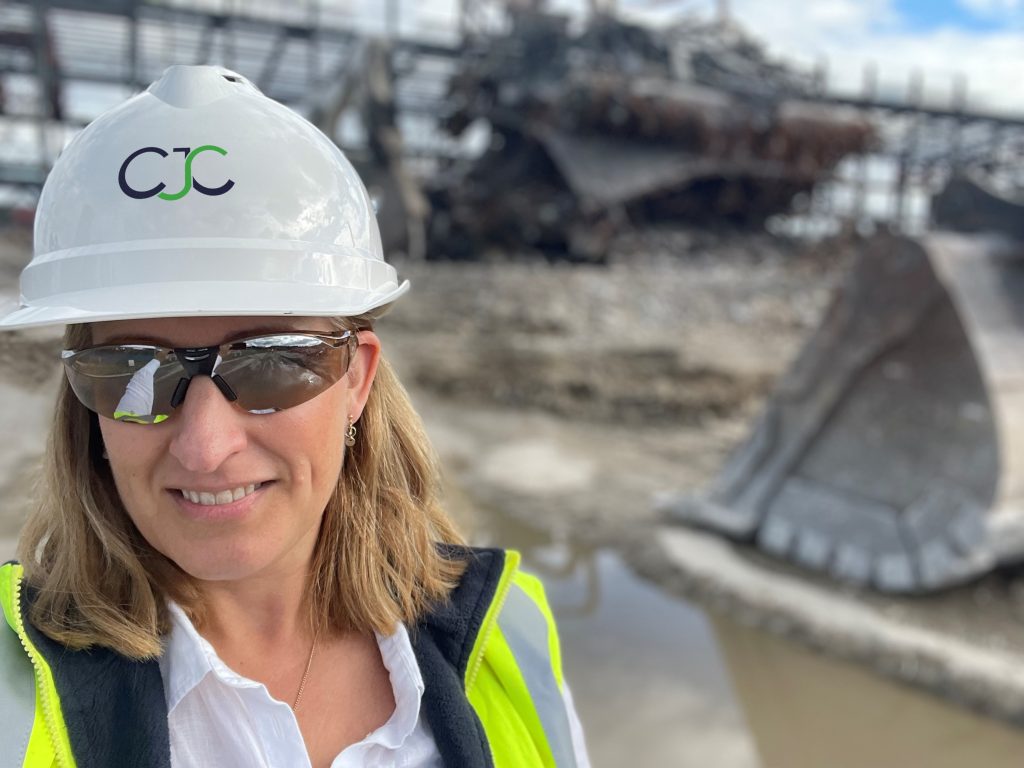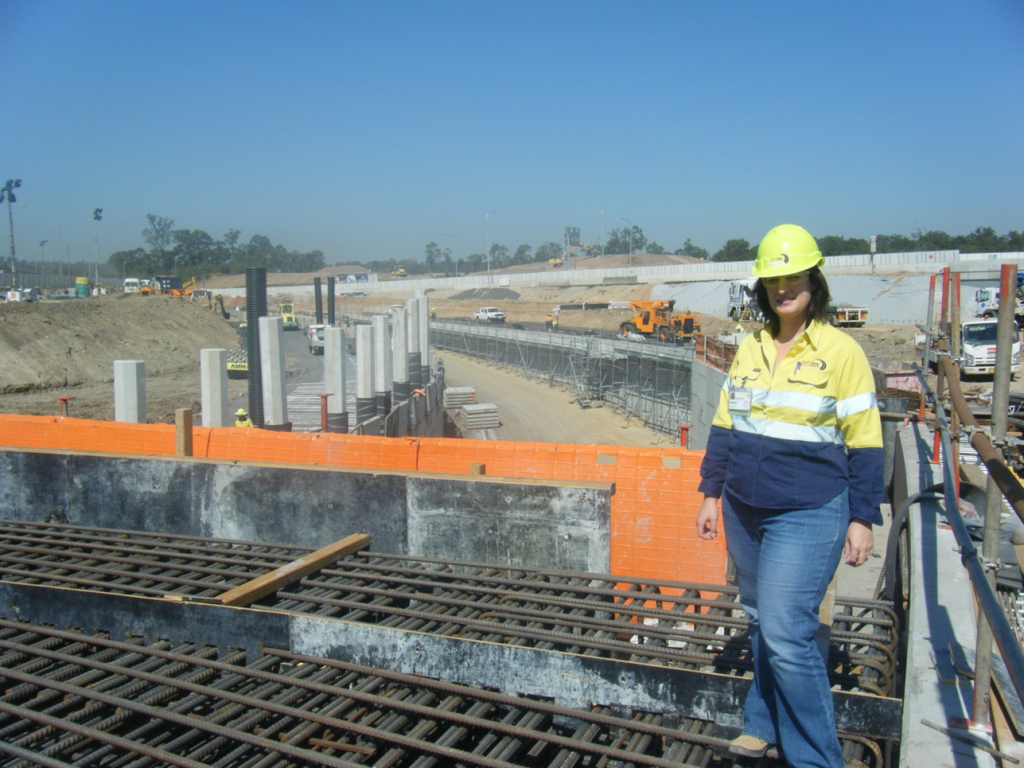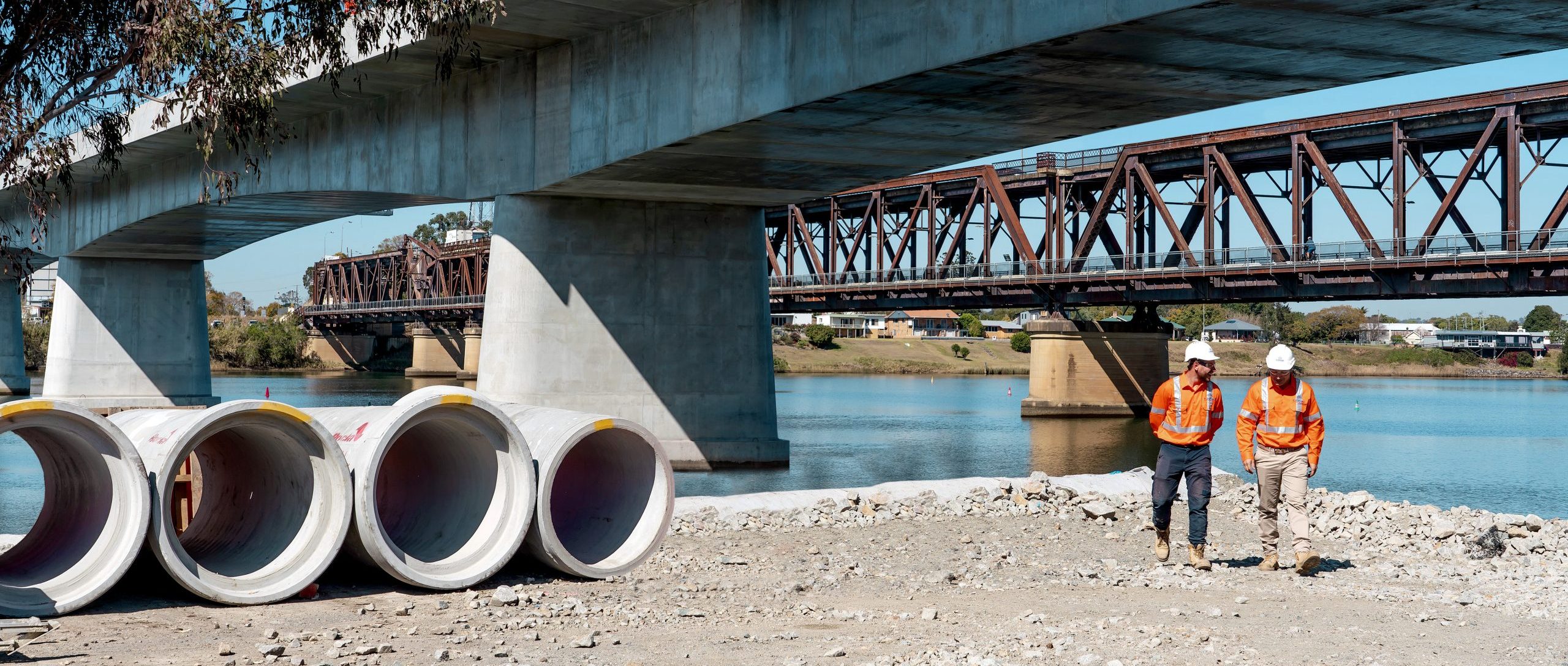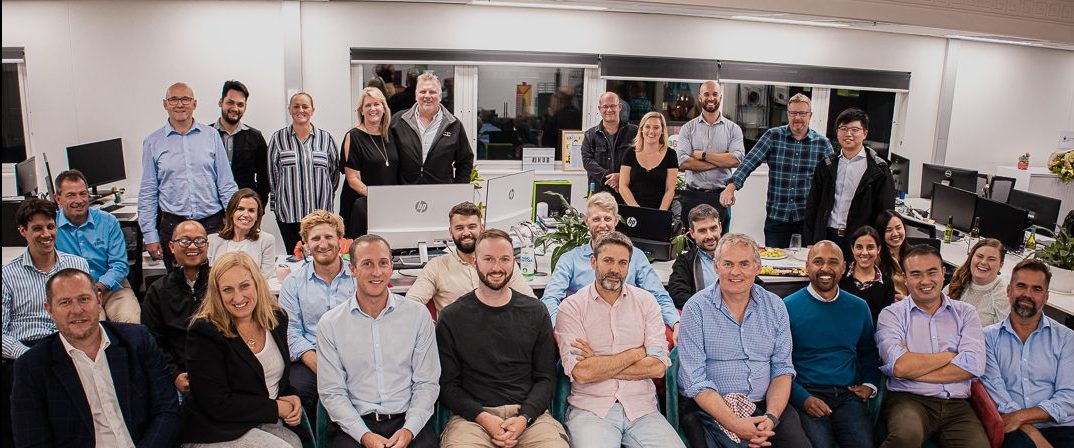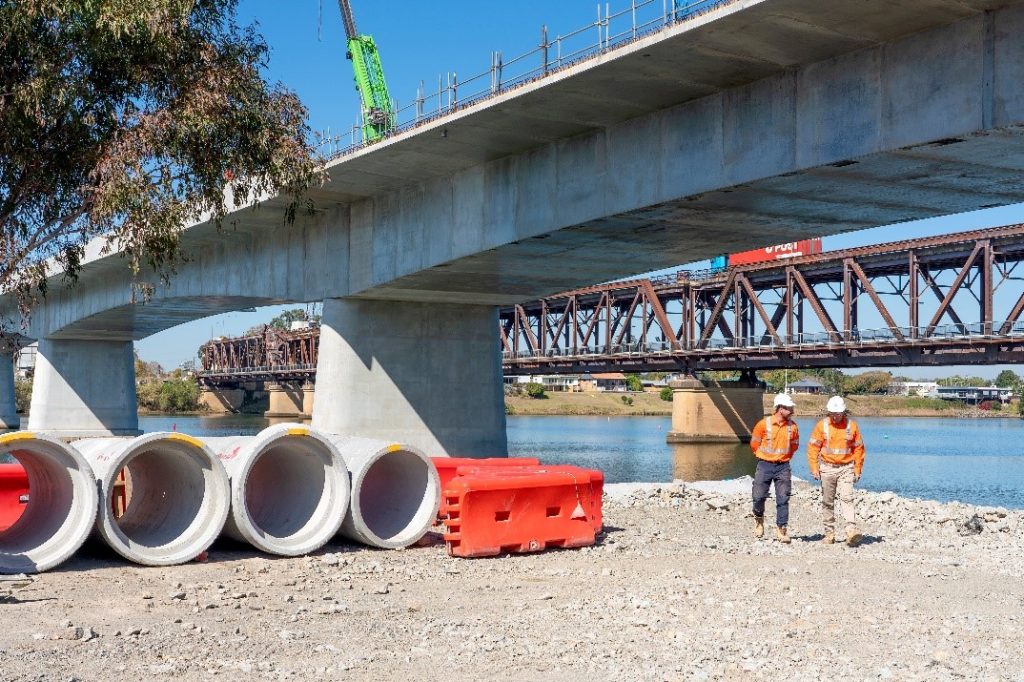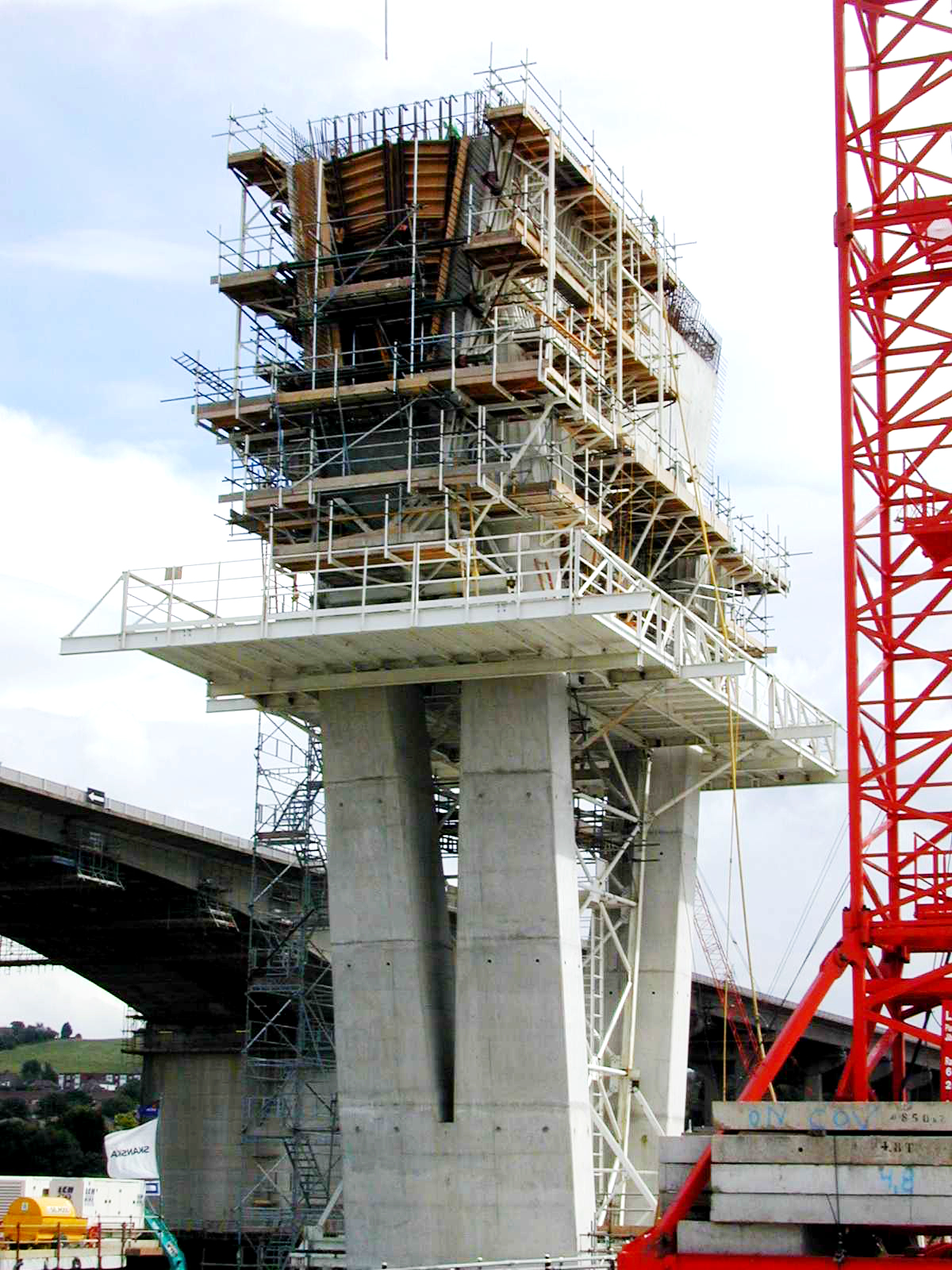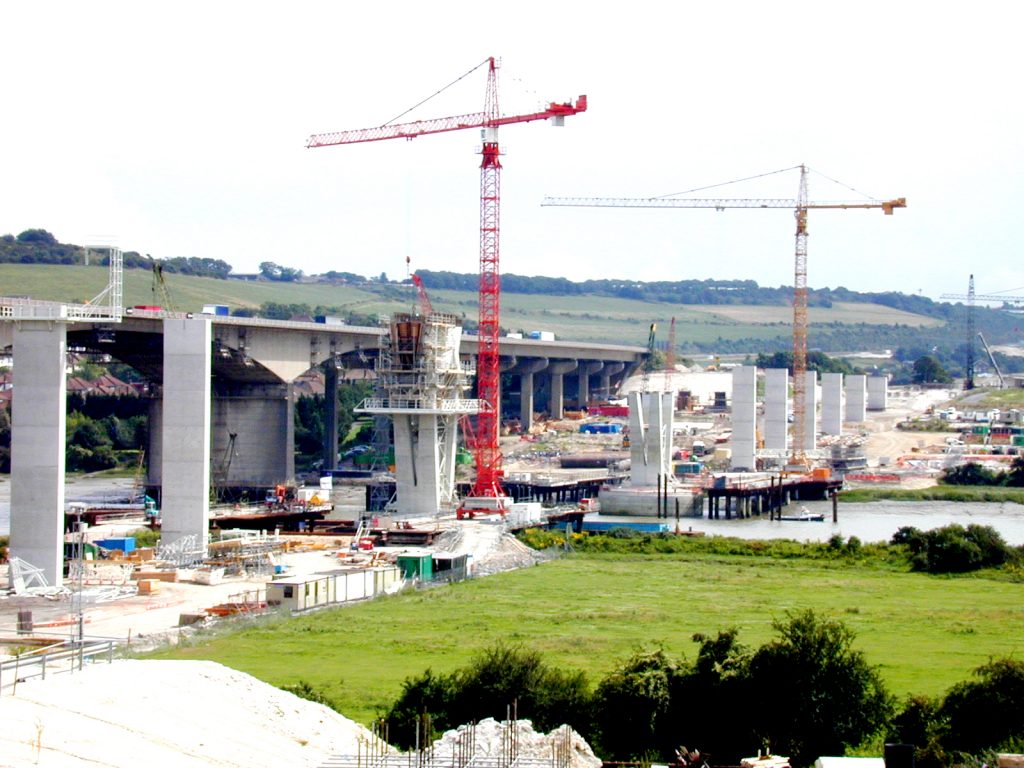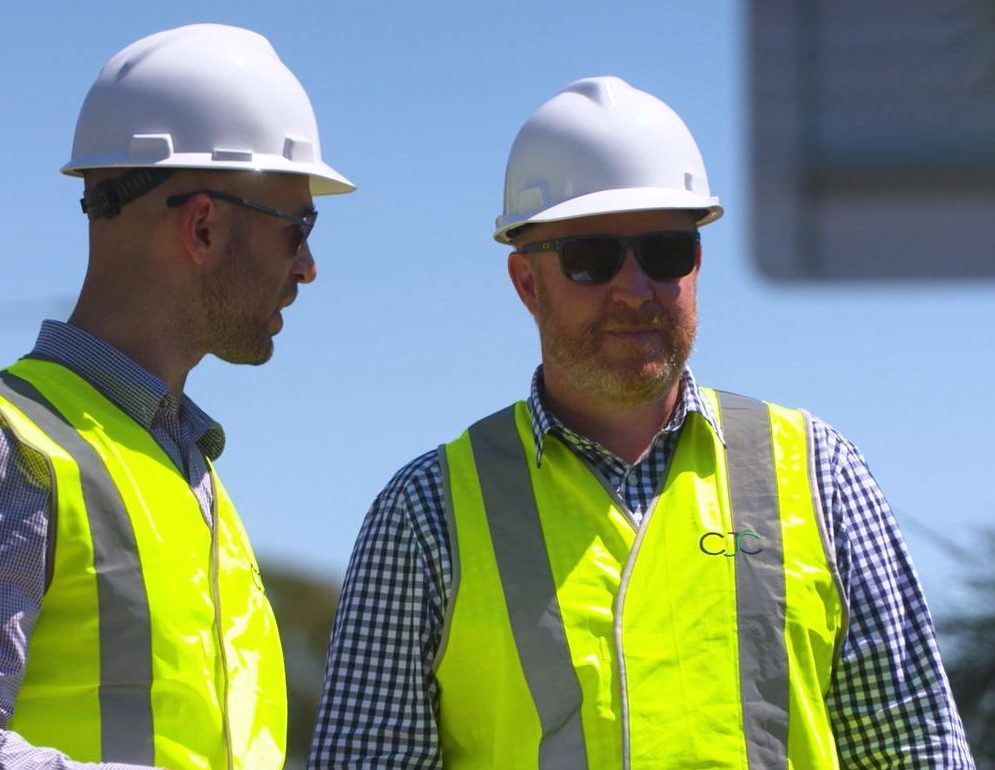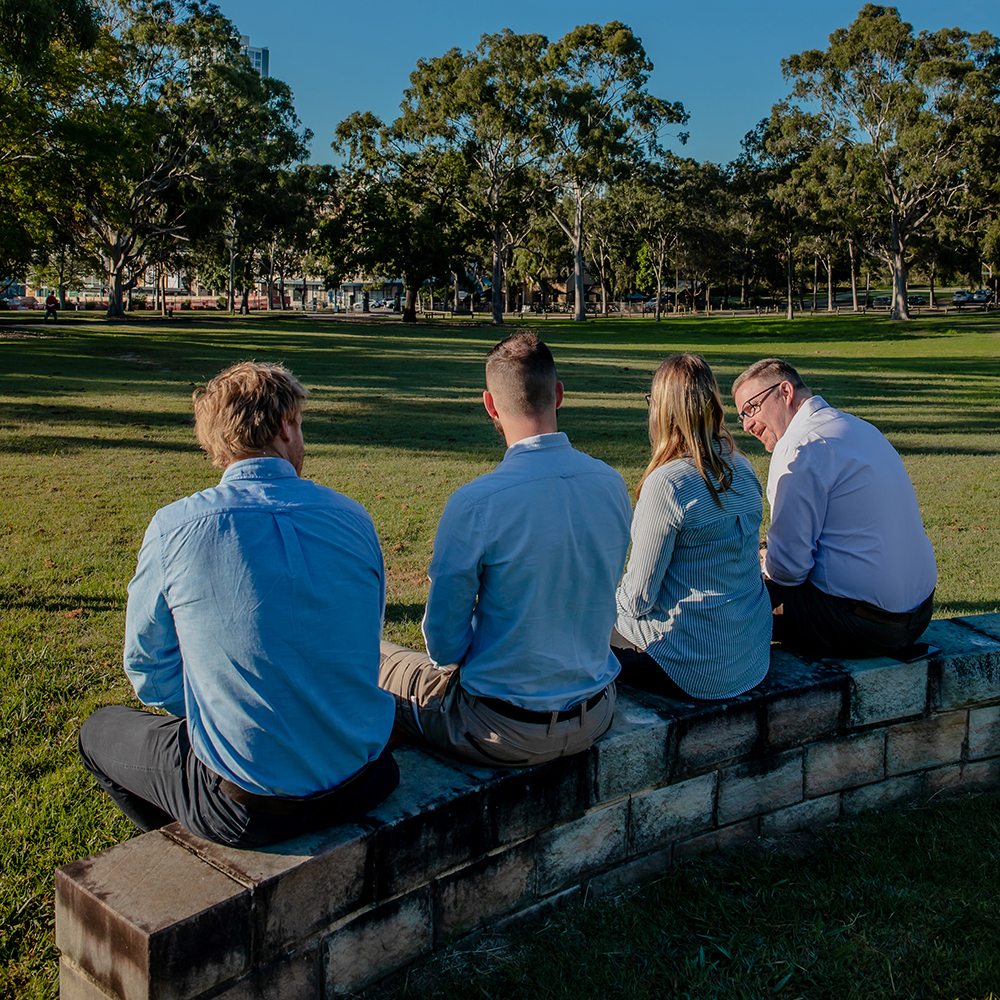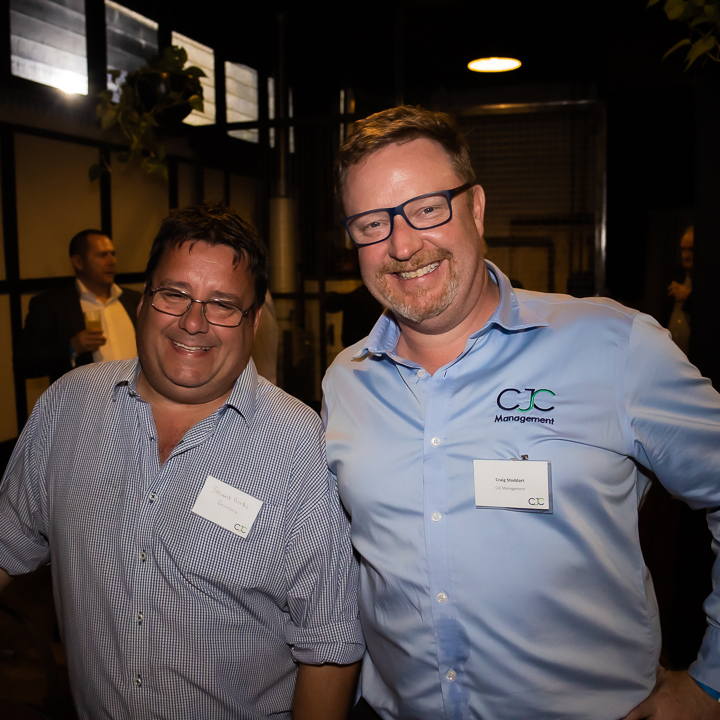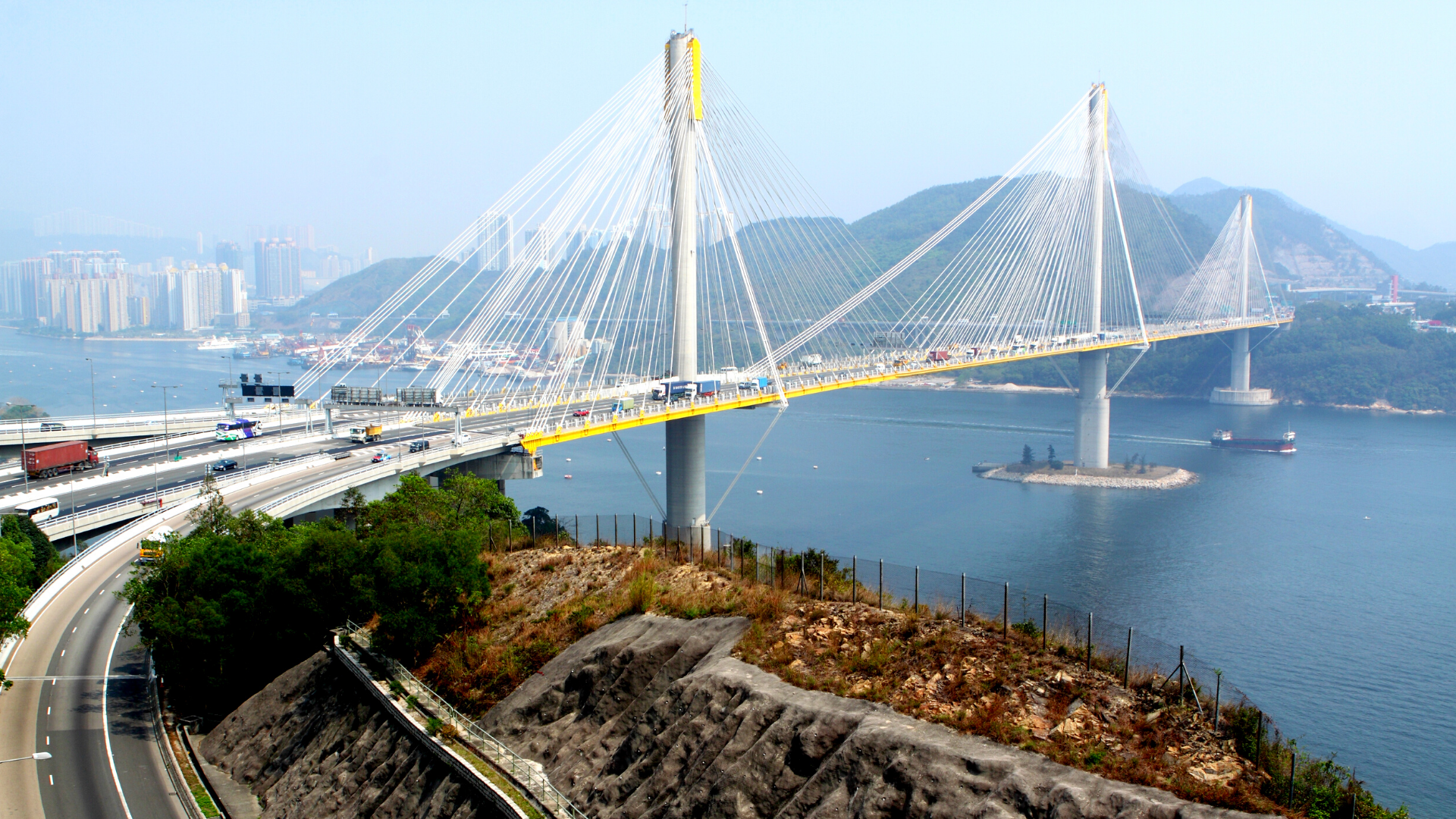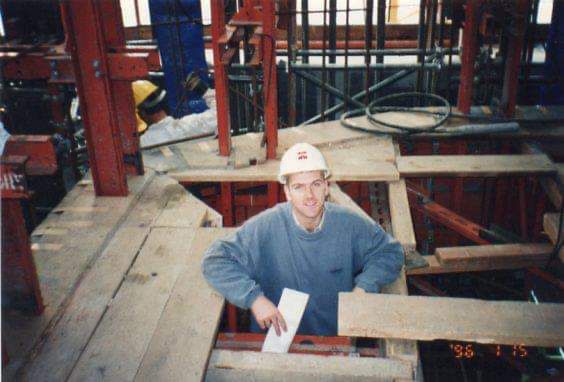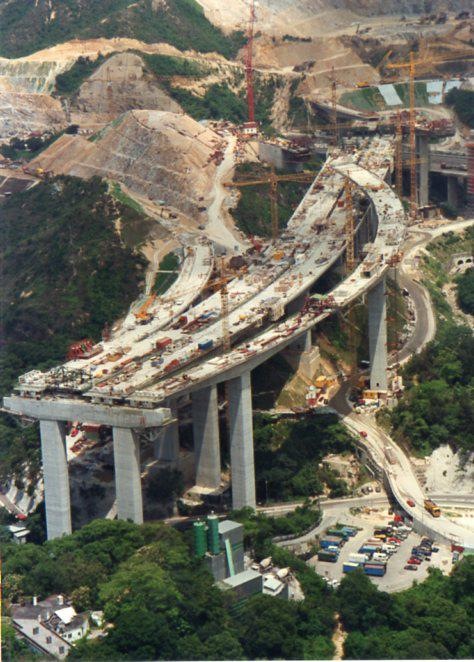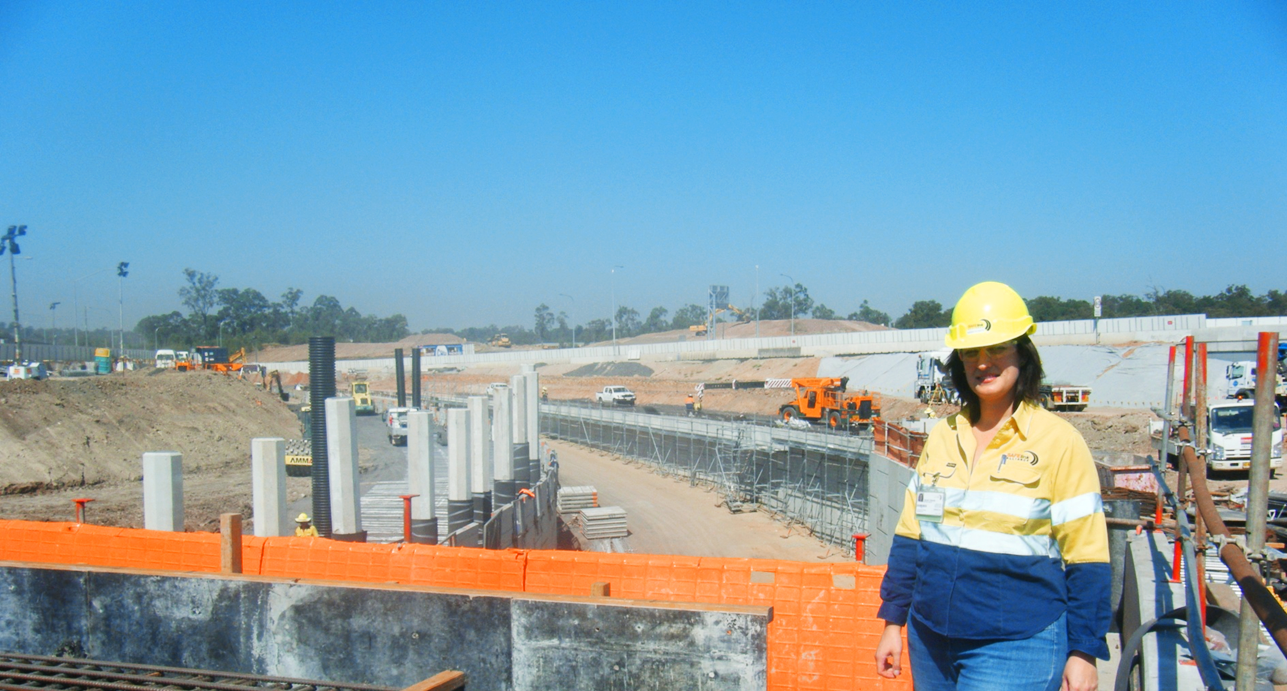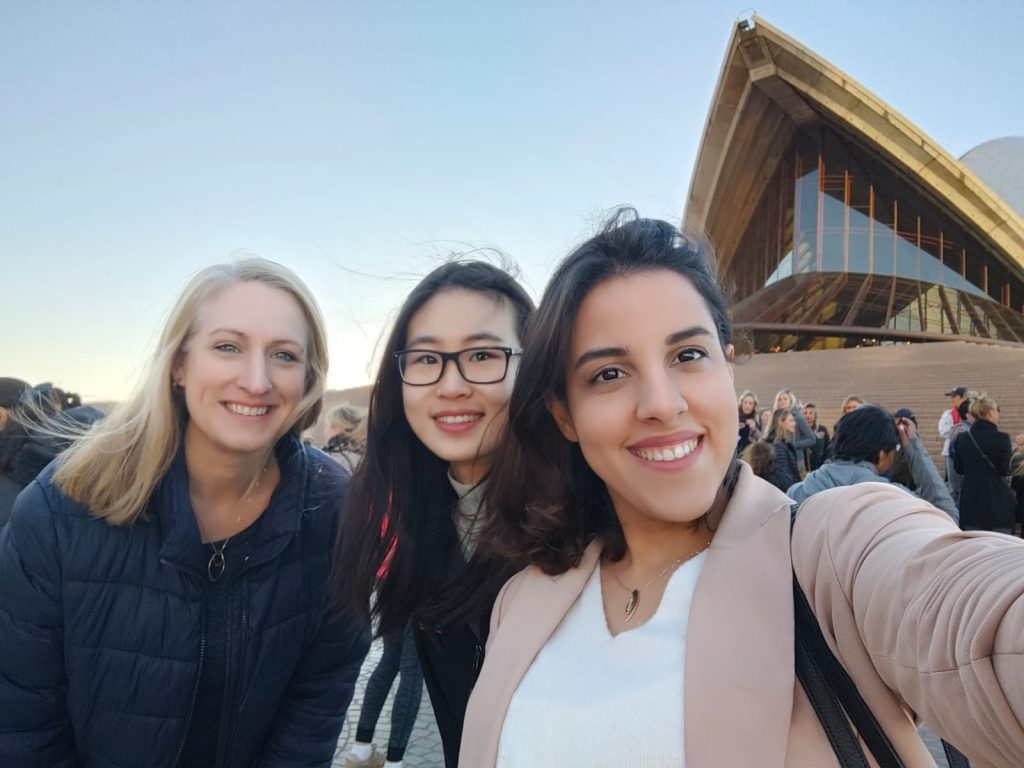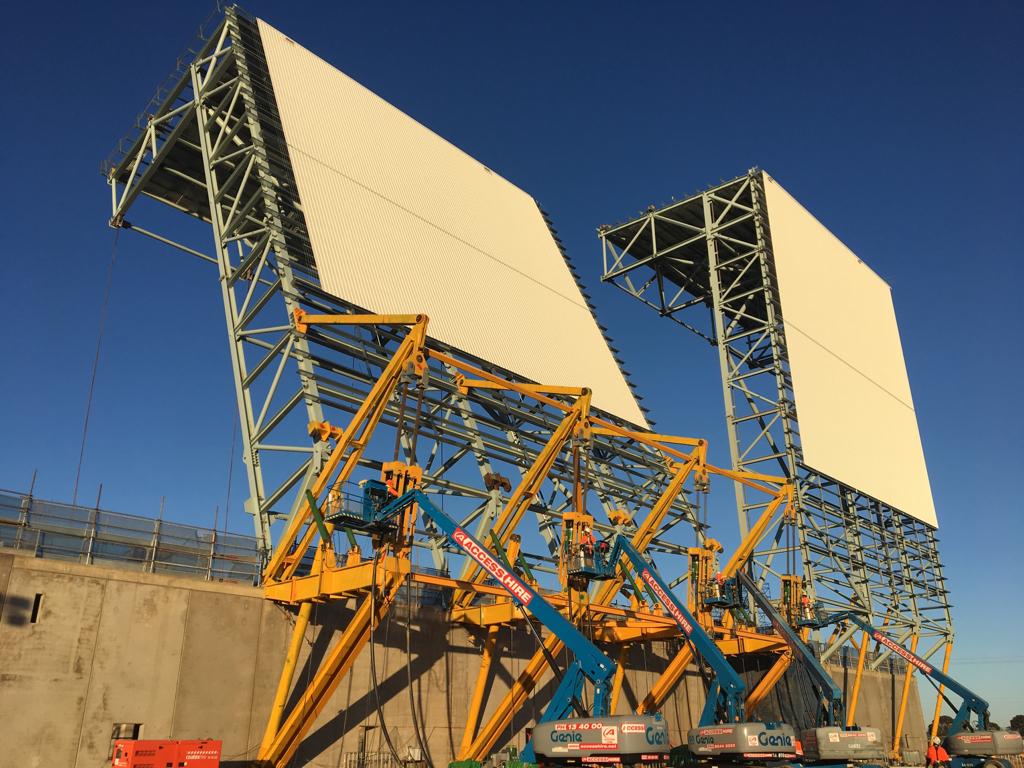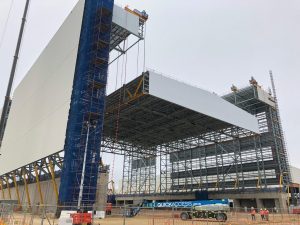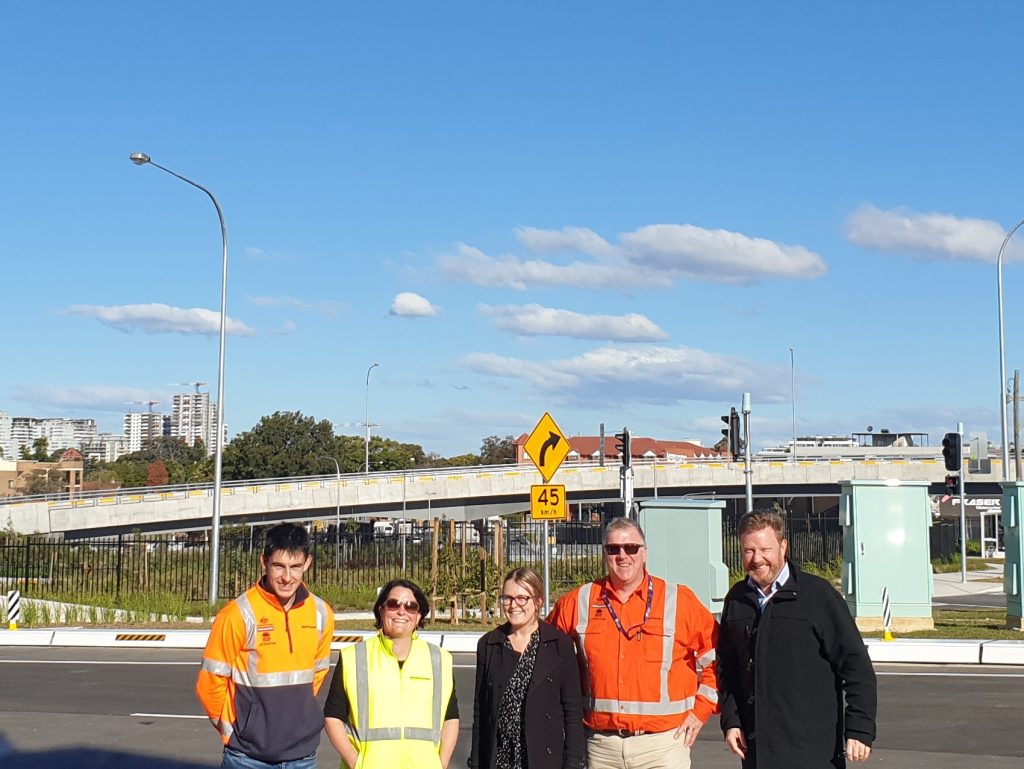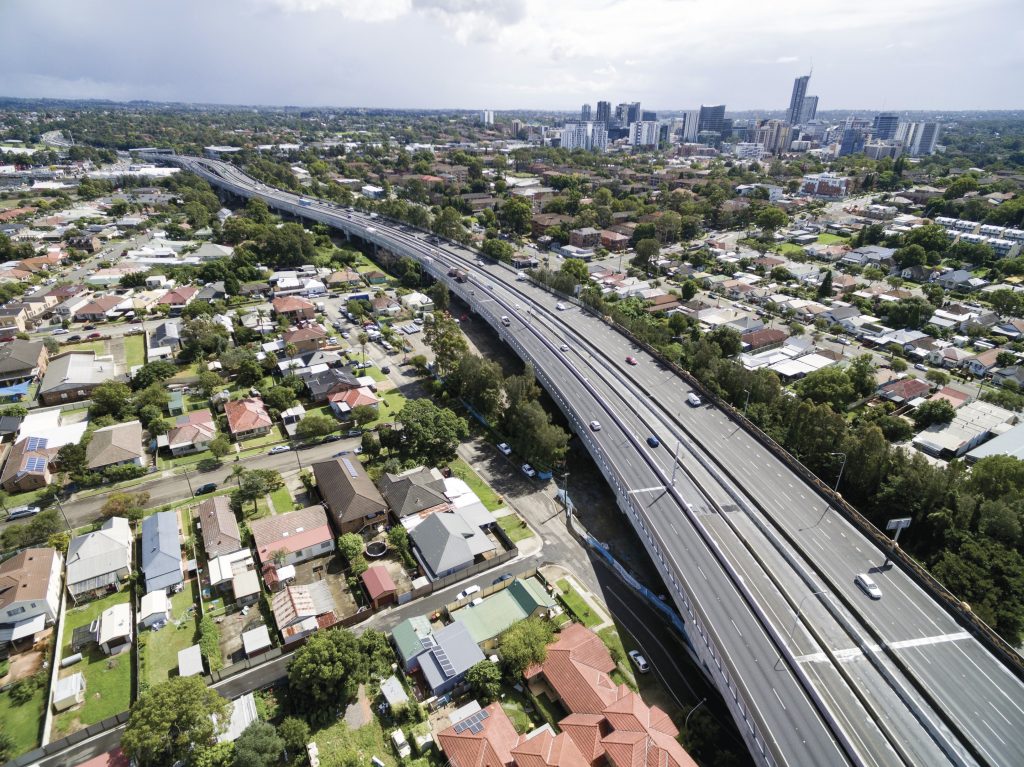How does a young engineer navigate the industry?
Meet Cleony Lim, Graduate Engineer, CJC Management, who shares her journey, knowledge, passion for engineering, and her motivation for joining the CJC Management team. Cleony’s insights on finding balance with study and building a successful career are valuable to everyone across the engineering and construction industry – from students to executive leaders.

Personal and Professional Background
What drew you to the engineering industry?
I have always been interested in the constant changes and challenges that engineering presents. The problem-solving opportunities and diverse challenges across projects keeps me engaged. Each project requires new solutions with continuous learning. There is always something new to work on, that is what initially drew me to the industry.
How did you first hear about CJC Management (CJC), and what motivated you to join our team?
I initially heard about CJC through a friend at university, John Le, Project Engineer. I worked on several group projects with him and enjoyed hearing about his experiences while working. The idea of being involved with early-stage projects interested me and was a contrast to the more structured and calculation-based methods I was used to at Uni. The opportunity to engage in real problem-solving and contribute to projects from their initial stages was a major motivating factor for me to join the CJC team.
Why did you decide to focus on the airport sector?
Before joining the CJC team, I hadn’t had a lot of involvement with the airports sector. When the opportunity presented itself, I was excited by the idea of working on projects with both regional and international significance. The chance to contribute to a specialised field, which is relatively rare to enter, was a great reason for me to focus my career in this area.
Experience and Development
What was the experience of studying while working like for you, and how did you manage your time between both responsibilities?
Balancing work and study was quite the experience, that most importantly taught me crucial time management skills. I had to organise my priorities effectively through planning with detailed timelines, schedules and digital tools provided by my university. This responsibility gave me the ability to manage time efficiently and prioritise tasks, skills that have been valuable throughout my development at CJC.
How has the opportunity to work on real-world projects enhanced your understanding of the theoretical concepts you learned at university?
The theoretical knowledge I learned throughout Uni was a great foundation for my understanding, however, real projects require balancing these principles with practical considerations like deadlines and resource limitations. This practical application has simplified many processes and shown me the importance of flexibility and problem-solving in real-world scenarios.
In what ways has communicating with experienced engineers enriched your learning experience?
Interacting with experienced engineers has been so enriching throughout my experience at CJC. These interactions have provided valuable insights for example, learning how to interact with clients, organise data to understand the technical aspects of projects and meet strict deadlines. Seeing the work ethic and expertise of my colleagues has been inspiring and has contributed to my growth as an engineer.
How did the support from CJC Management mentors and leaders contribute to start your career?
The support from mentors and leaders at CJC has been so important in my career development. Having Craig Stoddart, a Senior Member of the CJC Management team, as my mentor and his willingness to explain technical terms and processes has significantly enhanced my understanding of projects. Additionally, being included in various meetings and workshops allowed me to absorb information whilst gaining practical experience.
Company Culture and Achievements
How would you describe the company culture at CJC, and what makes it a great place for young professionals?
Our company culture aligns fully with the growth of young professionals like John and myself. Working with experienced and senior engineers provides numerous learning opportunities. The hands-on experience and support from the people around me made it a great environment for developing practical skills.
What has been the most memorable moment or achievement during your time with us so far?
One of my most memorable experiences was supporting Craig Stoddart and Matt Smith, Project Manager, in facilitating a constructability workshop for a client in Newcastle. This event involved in-depth discussions on operations with stakeholders, which was a valuable learning opportunity for me.
If you are a graduate or undergraduate engineer seeking a supportive environment to develop your skills and learn from industry leaders, we encourage you to apply for our opportunities and start your engineering pathway with us. Complete this form on the Careers Page of our website to let us know you are interested.










